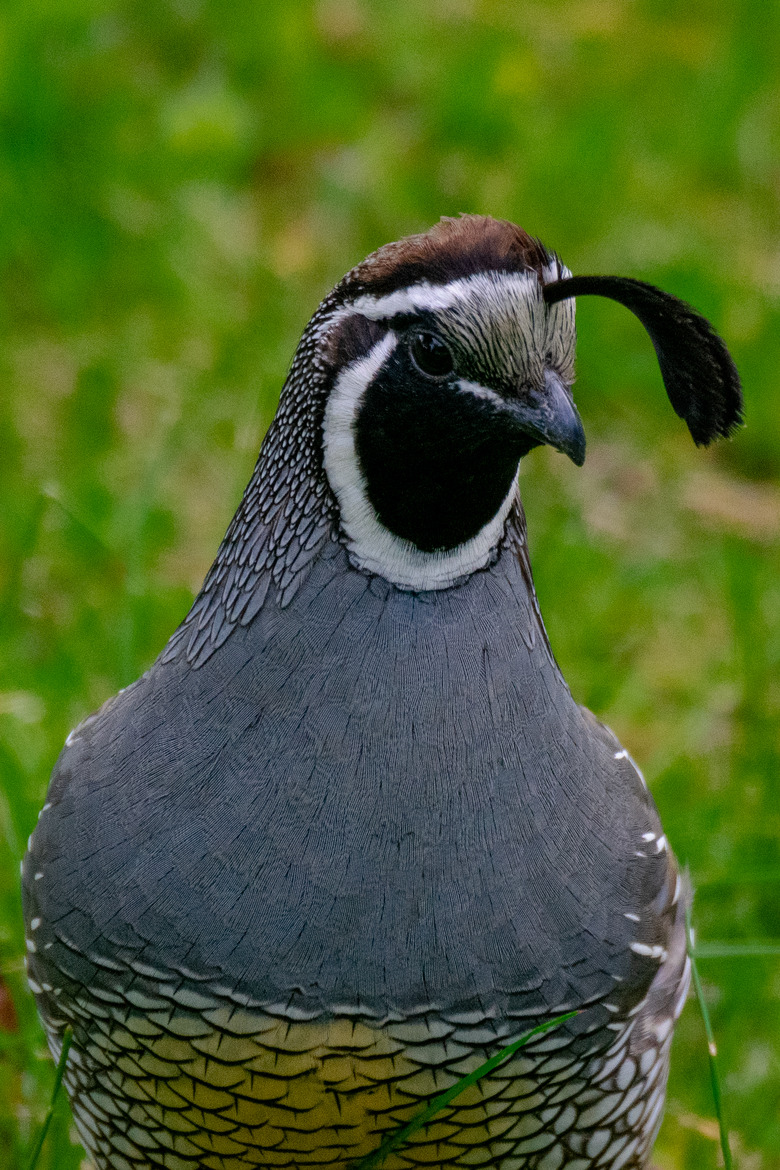How Often Do Quail Lay Eggs?
Quail lay eggs early in life and often. These tiny birds begin laying shortly after they are no longer chicks, and can lay up to 300 eggs annually. In the United States, the coturnix quail is the most common type raised domestically. This breed is also known as the Japanese quail, the Bible quail, and the Nile quail. Other interesting quail breeds include the California quail, which is the official state bird of its namesake — and are purely ornamental birds.
While quail are relatively easy to breed and raise for eggs or meat, check with your state's department of environmental protection or its equivalent before purchasing birds. In most states, quail breeds are considered game birds and require special permits. However, if you are permitted, quail are one of the best game birds to raise.
Quail sexual maturity
Quail sexual maturity
The popular coturnix quail reach sexual maturity and begin laying eggs at six weeks old, but the average is nine weeks or 63 days. Males reach sexual maturity and can mate at approximately seven weeks (52 days) or earlier. You can sex your quail at approximately three weeks of age, as differences in male and female plumage emerge. Females grow larger than males, and the plumage under the throat and breast are white. The females' feathers are also longer and pointier than those of the male quail.
Adult quail fertility
Adult quail fertility
While quail hens begin laying early, they've often reached their peak production when domestic chickens are just getting started. Quail are most fertile and productive between the ages of two and eight months, when hens usually lay one egg daily. At nine months and beyond, fertility declines, although the average quail hen can still produce 200 or more eggs annually. For best results, keep one male with only two to three females.
Brooding with hens
Brooding with hens
Natural brooding has been mostly bred out of coturnix hens. If you want to raise quail without using a brooder, slip fresh quail eggs under a setting bantam hen. If you go that route, remove the bantam's eggs from the nest. The two species hatch at different times, and the varying size of the eggs results in poor quail hatching rates.
Incubating Quail Eggs
Incubating Quail Eggs
You can also incubate the eggs. The incubation period until hatching for coturnix quail eggs is 18 days, although it ranges between 14 and 19 days. During the first 14 days of incubation, eggs require a temperature of 99.5 degrees F and approximately 45 percent humidity. Incubate the eggs as soon as possible but certainly within one week of collection — after that, hatching levels decline precipitously.
Incubators vary, so follow the directions provided by the manufacturer. Turn the eggs three times daily, 180 degrees each time, until the fourteenth day. At that point, stop turning them and wait for hatching. You can check for fertility on days seven to 10 with an LED light, looking for a dark appearance in silhouette, rather than a translucent appearance, indicating a lack of fertilization.
Other quail breeds
Other quail breeds
There are more than 130 quail species, so you have a lot to choose from. However, if you want to raise gamebirds, consider bobwhite quail — one of the best game birds to raise. Bobwhite quail hens do not lay as many eggs as the coturnix, averaging 150 to 200 eggs annually. In contrast to the coturnix, bobwhite eggs take between 23 and 24 days to hatch.
For something more exotic, choose the blue-scale quail — a rare breed also called cotton-tops. They produce spotted eggs frequently, but it takes about six months for them to reach maturity. Fun fact: Blue-scale quail can breed with bobwhite quail and the off-spring are called blobs. Check with your state's department of wildlife regarding regulations for raising either bobwhite or blue-scale quail in your district.
